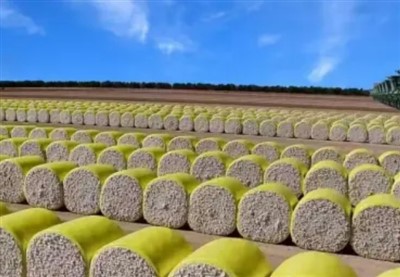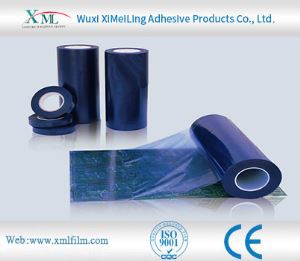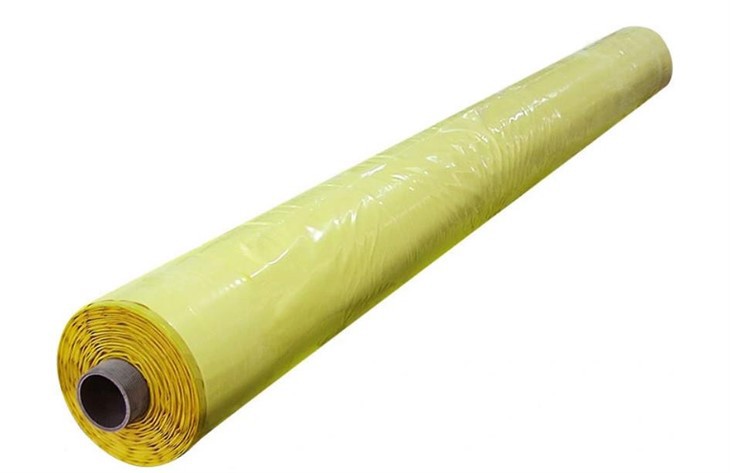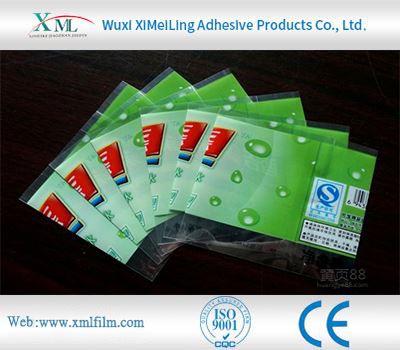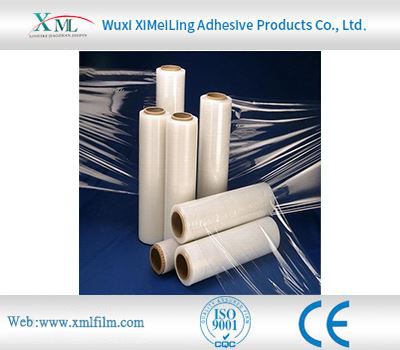PE protective film can respond to high - temperature environments in the following ways:
-
Use of High - Temperature - Resistant Additives: Manufacturers often add special heat - resistant additives to the PE material. These additives can improve the thermal stability of the film, allowing it to maintain its physical and chemical properties at high temperatures. For example, antioxidants can be added to prevent the PE from oxidizing and degrading under high - temperature conditions, thereby prolonging the service life of the protective film.
-
Selection of High - Density PE: High - density polyethylene (HDPE) has better heat resistance than low - density polyethylene (LDPE). HDPE has a more compact molecular structure, which can withstand higher temperatures without significant deformation. Therefore, in high - temperature applications, HDPE - based protective films are usually preferred.
-
Proper Annealing Treatment: During the manufacturing process, annealing treatment can be carried out on the PE protective film. This process helps to improve the crystallinity of the film, making it more stable at high temperatures. By precisely controlling the annealing temperature and time, the heat - resistant performance of the film can be enhanced.
-
Thickness Adjustment: Increasing the thickness of the PE protective film appropriately can also improve its heat - resistant performance. A thicker film has more material to withstand heat, and it can better maintain its integrity and mechanical properties at high temperatures. However, the thickness should be adjusted according to the specific application requirements to avoid excessive material waste and cost increase.
-
Installation Environment: When applying the PE protective film in a high - temperature environment, it is necessary to ensure that the surface to be protected is clean and dry. Any moisture or dirt on the surface may affect the adhesion of the film and its heat - resistant performance. In addition, the installation should be carried out at an appropriate temperature to ensure good adhesion of the film.
-
Ventilation Arrangement: In some high - temperature environments, proper ventilation should be arranged to reduce the temperature around the protective film. This can help prevent the film from overheating and prolong its service life. For example, in a factory workshop with high - temperature equipment, installing exhaust fans to improve air circulation can be beneficial for the PE protective film.
